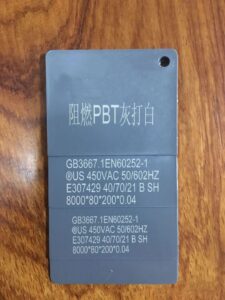Laser marking is a widely used technology in various industries for its high precision and permanent markings. However, achieving the desired marking effect relies not only on the laser settings and material properties but also on the use of appropriate laser marking additives. These additives can significantly affect the final outcome of the marking process.
One of the key effects of laser marking additives is their ability to enhance contrast. Different types of additives, such as contrasting agents or pigments, can be added to the material being marked to increase the contrast between the marked area and the background. This is particularly important when marking on dark or reflective surfaces, where contrast plays a vital role in the visibility and readability of the marking.
Another significant impact of laser marking additives is their influence on the durability of the mark. Certain additives can improve the resistance of the mark to factors such as abrasion, chemicals, or UV exposure. For example, UV stabilizers or protective coatings can be added to the material to enhance its resistance to fading or degradation when exposed to sunlight.
Furthermore, laser marking additives can affect the overall speed and efficiency of the marking process. Some additives, such as flow agents or lubricants, can improve the flowability of the material, allowing for smoother and more efficient marking. On the other hand, certain additives may slow down the marking process due to their chemical composition or required curing time.
It is essential to mention that the choice of laser marking additives should be carefully considered based on the specific requirements of the application. Different materials and marking objectives may demand different types of additives. Therefore, a comprehensive understanding of the material properties, laser settings, and additive characteristics is crucial to achieving the desired marking effect.
Laser marking additives play a vital role in determining the final marking effect. These additives can enhance contrast, improve durability, and impact the speed and efficiency of the marking process. Selecting the appropriate additives based on the specific requirements of the application can greatly contribute to achieving the desired marking outcome.

